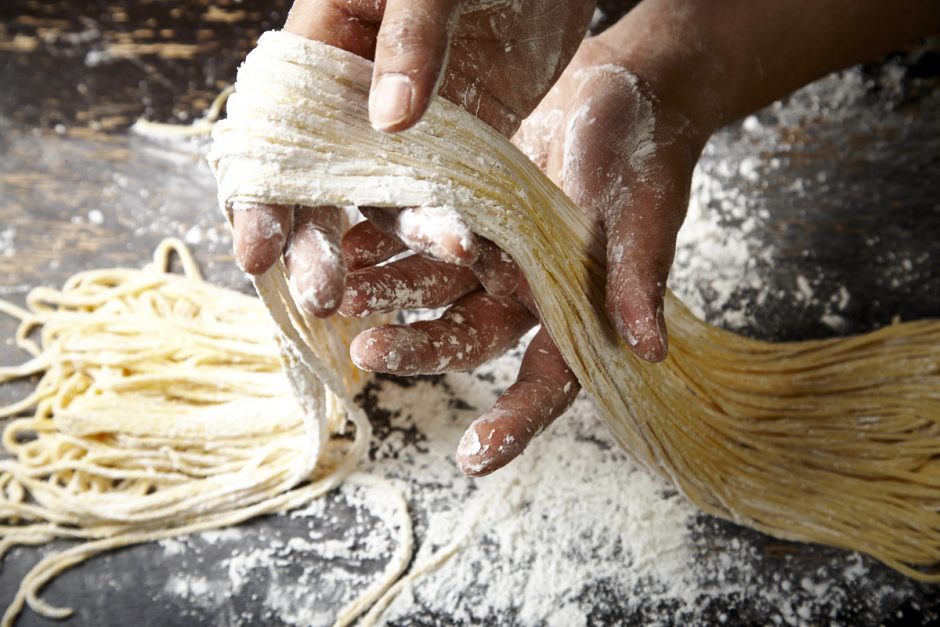Perk Up with 6 Tasteful Malaysian Drinks
Lighten your mood and rejuvenate your senses with 6 must-try Malaysian drinks!
Discover the authentic in Asian cuisine food

No one knows for sure who first came up with the idea of mixing water and flour and stretching it into strings of dough. But, whether it was the Chinese, the Italians or someone in between, we thank them every day! Noodles are a delicious part of Asian cuisine and are a staple of iconic dishes like ramen, pho, kway teow and pad thai. It’s hard to imagine Asian food without noodles.
And like fresh pasta, fresh noodles just seem to taste better. Whether it’s the mouthfeel, shorter cooking time or extra stretch – or a combination of all 3 – nothing beats homemade noodles. And despite what most people think, they’re really easy to make!
There’s a heap of delicious noodles types out there and they’re all a bit different to make depending on the base ingredient used and the desired texture. So instead of giving you one recipe, we’ve decided to put together a list of tips and tricks to help you avoid the pitfalls of novice noodle making. If you’re going to do it, might as well do it properly!
If you’re dough sucks, just make hand-pulled noodles. If you ever fail at making another type of noodle, you can always fall back to hand-pulled. Noodle dough is naturally elastic, so worst-case scenarios, start pulling.
The ONLY three tips you need to make hand-pulled noodles:
The texture of the dough depends entirely on the ratio of flour, water, and salt. The dough needs to be tough enough so the noodles won’t break apart when you pull them and soft enough so you can easily pull it into noodles. The salt adds elasticity to the dough, but If you add too much the dough will be very difficult to stretch, but will fall apart if you add too little.
But as long as you let the dough rest long enough you really can’t mess these up. Overnight is best, but keep resting until the dough is stretchy and strong.
Don’t use a rolling pin!
Just knead the dough until it becomes nice and elastic. You’re not making pasta after all. Some recipes may suggest rolling the dough, but resist the temptation!
Flour the dough and the surface you’re kneading on
You don’t want the dough sticking on anything. Make sure each surface it touches is well floured.
The idea is to stretch out the dough like a rope, bring the two ends together while twirling, and then stretch the dough again to its original length. Believe it or not, whether actually makes a difference to the elasticity of noodle dough, with hot and humid conditions being the ideal stretching conditions. Colder, drier climes will require more kneading and stretching to get the same results.
If you aren’t going to serve the noodles immediately after cooking, add a few drops of sesame oil and mix by hand as they’ll become sticky and turn into a solid mass once cooled.
Store leftover noodles in an air-tight container in the fridge for 1 to 2 days or freeze them if you want to keep them longer. Be gentle when defrosting to make sure the noodles don’t break.

Lighten your mood and rejuvenate your senses with 6 must-try Malaysian drinks!

Pair your hearty barbecues with these refreshing Asian delights!

What are the properties of ginger, and how to pick, store and use ginger in your cooking? Find out here!